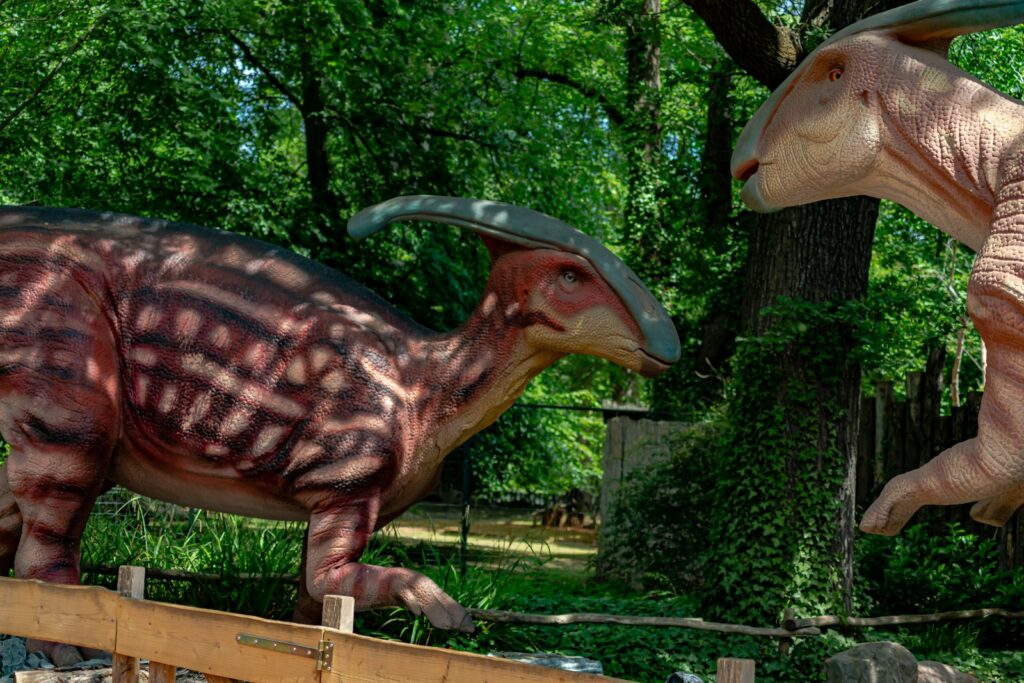When we think about the most bizarre dinosaurs that ever walked the Earth, our minds often drift to the usual suspects – the massive T-Rex, the armored Triceratops, or maybe the long-necked Brachiosaurus. But what if I told you that one of the most extraordinary dinosaurs combined features that seem almost impossible? Picture this: a massive creature with a duck-like beak, enormous claws, a towering sail on its back, and the ability to wade through ancient rivers like a prehistoric giant. This isn’t science fiction – this is Ouranosaurus, one of the most remarkable dinosaurs ever discovered, and a fascinating relative of the equally enigmatic Deinocheirus.
The Discovery That Changed Everything
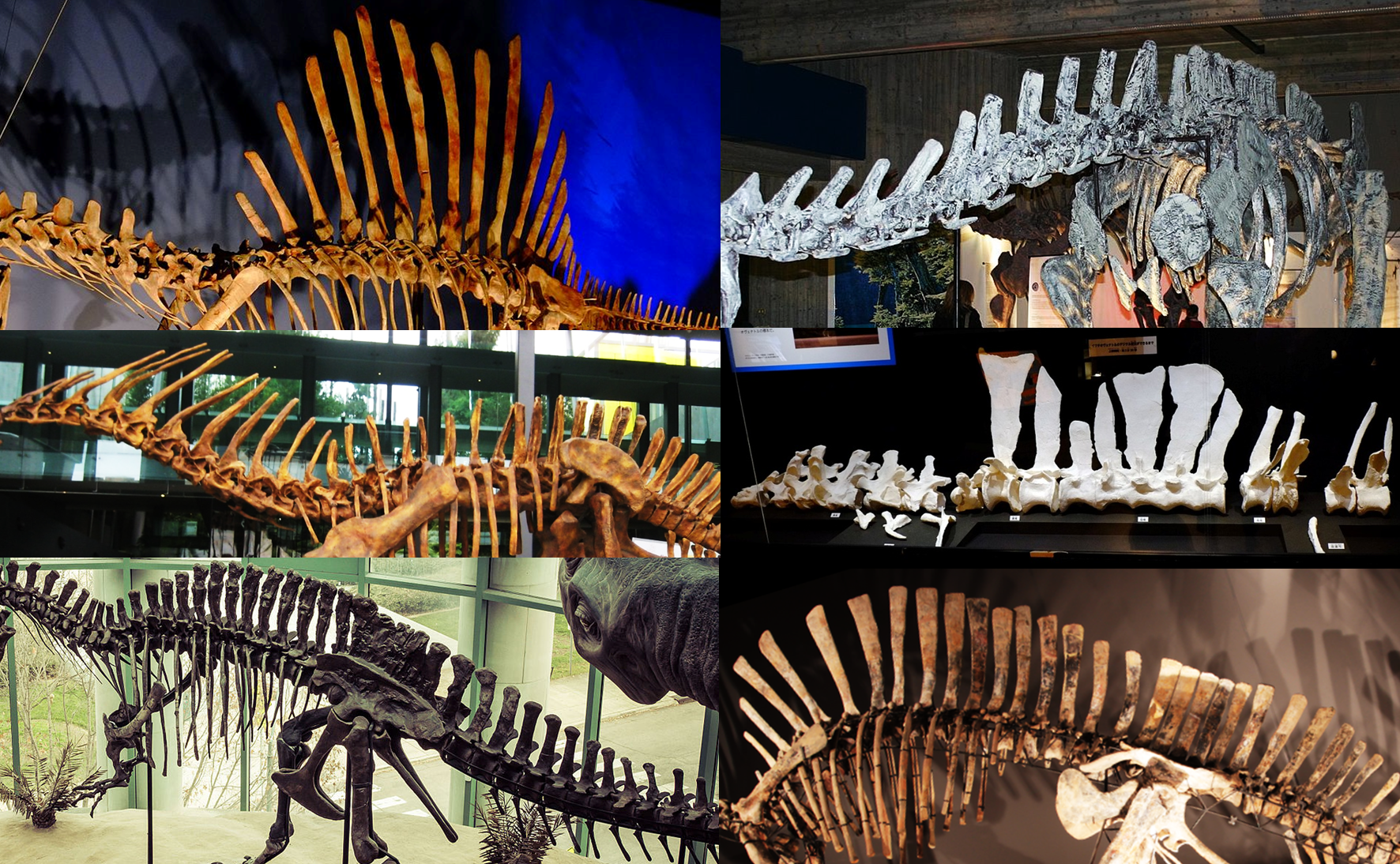
In 1976, French paleontologist Philippe Taquet made a discovery in the Sahara Desert that would revolutionize our understanding of dinosaur diversity. Deep in the Gadoufaoua region of Niger, his team unearthed the nearly complete skeleton of a dinosaur unlike anything seen before. The fossils revealed a creature that defied conventional categorization – it wasn’t quite like any known dinosaur group.
What made this discovery truly extraordinary was its completeness. Unlike many dinosaur finds that consist of fragmentary bones, Ouranosaurus was preserved in remarkable detail. The skeleton showed clear evidence of a tall neural spine structure along its back, suggesting the presence of either a sail or a large hump.
The name “Ouranosaurus” itself reflects the awe this discovery inspired. It means “brave monitor lizard,” combining the local Tuareg word “ourane” (meaning brave or courageous) with the Greek “saurus” (lizard). This naming choice honored both the local culture and the dinosaur’s impressive stature.
A Beak That Tells a Story
One of Ouranosaurus’s most distinctive features was its remarkable beak-like snout, which immediately set it apart from its carnivorous relatives. This wasn’t the sharp, tooth-filled jaw of a predator, but rather a broad, flattened structure perfectly adapted for a plant-based diet. The beak was toothless at the front, much like modern ducks, but the back of the mouth contained batteries of grinding teeth.
This dental arrangement tells us a fascinating story about how Ouranosaurus fed. The beak would have been perfect for cropping vegetation, while the cheek teeth processed tough plant material. Imagine watching this massive dinosaur gracefully lowering its head to strip leaves from low-growing plants, much like a giant prehistoric lawnmower.
The discovery of this beak structure helped paleontologists understand the incredible diversity of feeding strategies among dinosaurs. It showed that even within the same family tree, evolution could produce dramatically different solutions to the challenge of finding food in ancient ecosystems.
The Magnificent Sail Mystery
Perhaps no feature of Ouranosaurus has captured the imagination quite like its towering back sail. Rising up to 5 feet above the dinosaur’s spine, this structure was supported by elongated neural spines that created a dramatic silhouette against the ancient African sky. But what exactly was this sail, and why did it exist?
The sail itself was likely covered in skin and possibly filled with blood vessels, creating a living billboard that could have served multiple purposes. Some scientists believe it functioned as a thermoregulation device, helping the dinosaur maintain its body temperature in the hot Cretaceous climate. Others suggest it was primarily a display structure, used to attract mates or intimidate rivals.
Recent studies have even proposed that the sail might have changed color, much like a chameleon’s skin, adding another layer of complexity to this already remarkable feature. Picture Ouranosaurus wandering through prehistoric forests, its sail shifting from deep blues to brilliant reds as it communicated with others of its kind.
Size Matters: A Gentle Giant
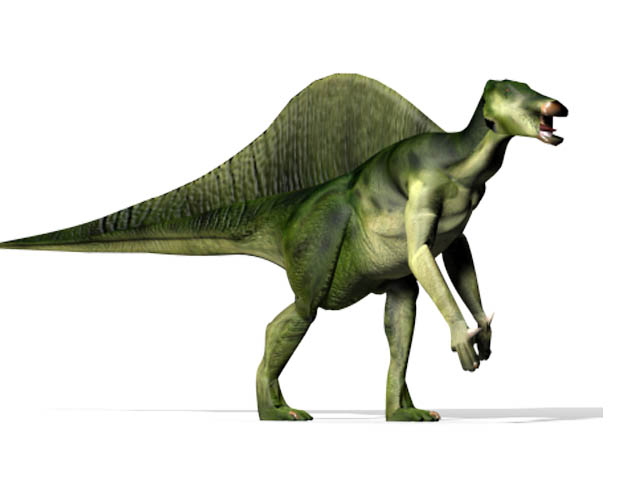
Ouranosaurus was no small creature – adults reached lengths of up to 24 feet and stood nearly 10 feet tall at the hips. But perhaps more impressive than its size was its build. This wasn’t a lumbering giant but rather a surprisingly graceful creature, with long, powerful limbs that suggested both speed and agility.
The dinosaur’s weight is estimated to have been around 2.2 tons, making it comparable to a modern elephant. However, its body plan was entirely different from any modern animal. The combination of its sail, long tail, and duck-like head created a silhouette that would have been instantly recognizable across the ancient landscape.
What’s particularly fascinating is how Ouranosaurus’s size related to its lifestyle. Its large body would have provided protection from predators, while its height allowed it to reach vegetation that smaller dinosaurs couldn’t access. This dinosaur was perfectly sized for its ecological niche.
The Deinocheirus Connection
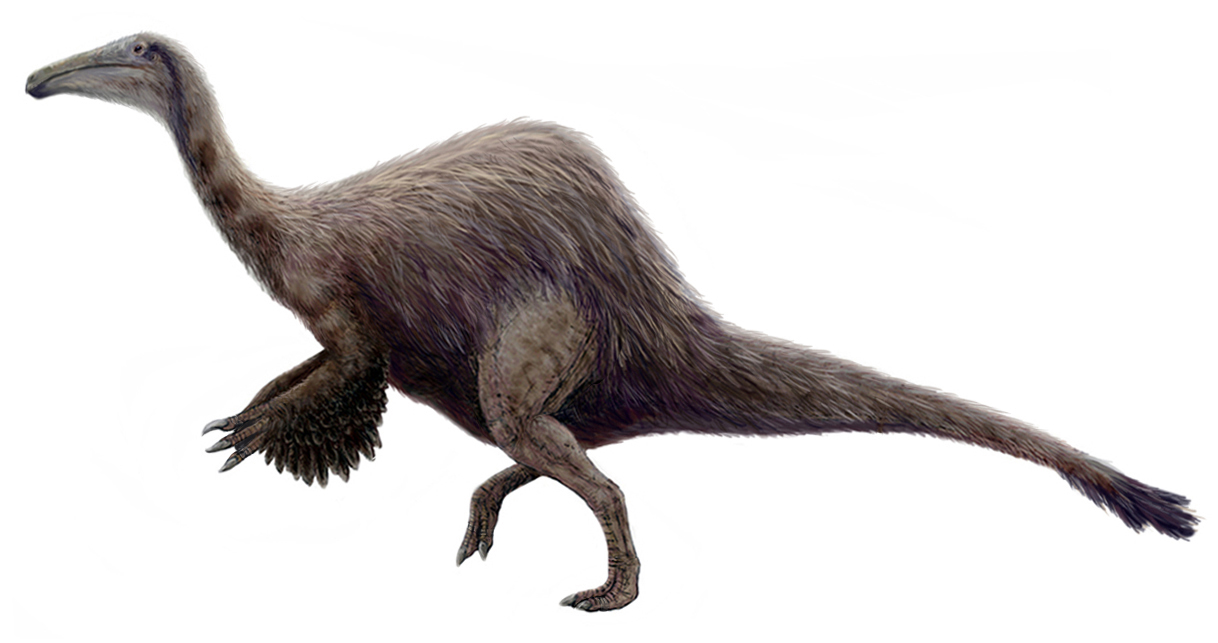
The relationship between Ouranosaurus and Deinocheirus represents one of the most intriguing stories in paleontology. Both dinosaurs belong to the ornithomimosaur family, but they took dramatically different evolutionary paths. While Deinocheirus became a massive, hump-backed giant in Asia, Ouranosaurus developed its distinctive sail in Africa.
This evolutionary divergence happened during the Cretaceous period when the continents were separating, creating isolated populations that evolved unique characteristics. It’s like watching two siblings grow up in different environments and develop completely different personalities and appearances.
The discovery of complete Deinocheirus specimens in recent years has helped scientists better understand this family tree. Both dinosaurs shared certain features like large claws and similar body proportions, but their back structures tell different stories about how they adapted to their respective environments.
Ancient African Ecosystem
The world that Ouranosaurus inhabited was dramatically different from modern Africa. During the middle Cretaceous period, about 110 million years ago, the Sahara Desert was a lush, tropical environment filled with rivers, lakes, and dense vegetation. This wasn’t the barren wasteland we see today, but rather a prehistoric paradise teeming with life.
Ouranosaurus shared this environment with a diverse cast of characters, including massive crocodiles, early mammals, and other dinosaur species. The ecosystem was so rich that it supported multiple large herbivores, each filling different ecological niches. Rivers meandered through dense forests, creating the perfect habitat for a semi-aquatic dinosaur with a duck-like beak.
The climate was warm and humid, with seasonal rainfall patterns that would have influenced Ouranosaurus’s behavior. During dry seasons, these dinosaurs might have migrated to follow water sources, their distinctive sails creating moving landmarks across the ancient landscape.
Feeding Strategies and Diet
Understanding what Ouranosaurus ate helps us appreciate its unique adaptations. This dinosaur was primarily herbivorous, but its feeding strategy was more complex than simply munching on plants. The duck-like beak was perfect for aquatic vegetation, suggesting that Ouranosaurus spent considerable time in or near water.
The dinosaur’s teeth were arranged in dental batteries, with hundreds of small teeth working together to grind tough plant material. This system was so efficient that it allowed Ouranosaurus to process even the most fibrous vegetation, giving it access to food sources that other dinosaurs couldn’t utilize.
Evidence suggests that Ouranosaurus may have been partially omnivorous, occasionally supplementing its plant-based diet with small animals, fish, or eggs. This dietary flexibility would have been crucial for survival in the changing ecosystems of the Cretaceous period.
The Sail’s Function Revealed
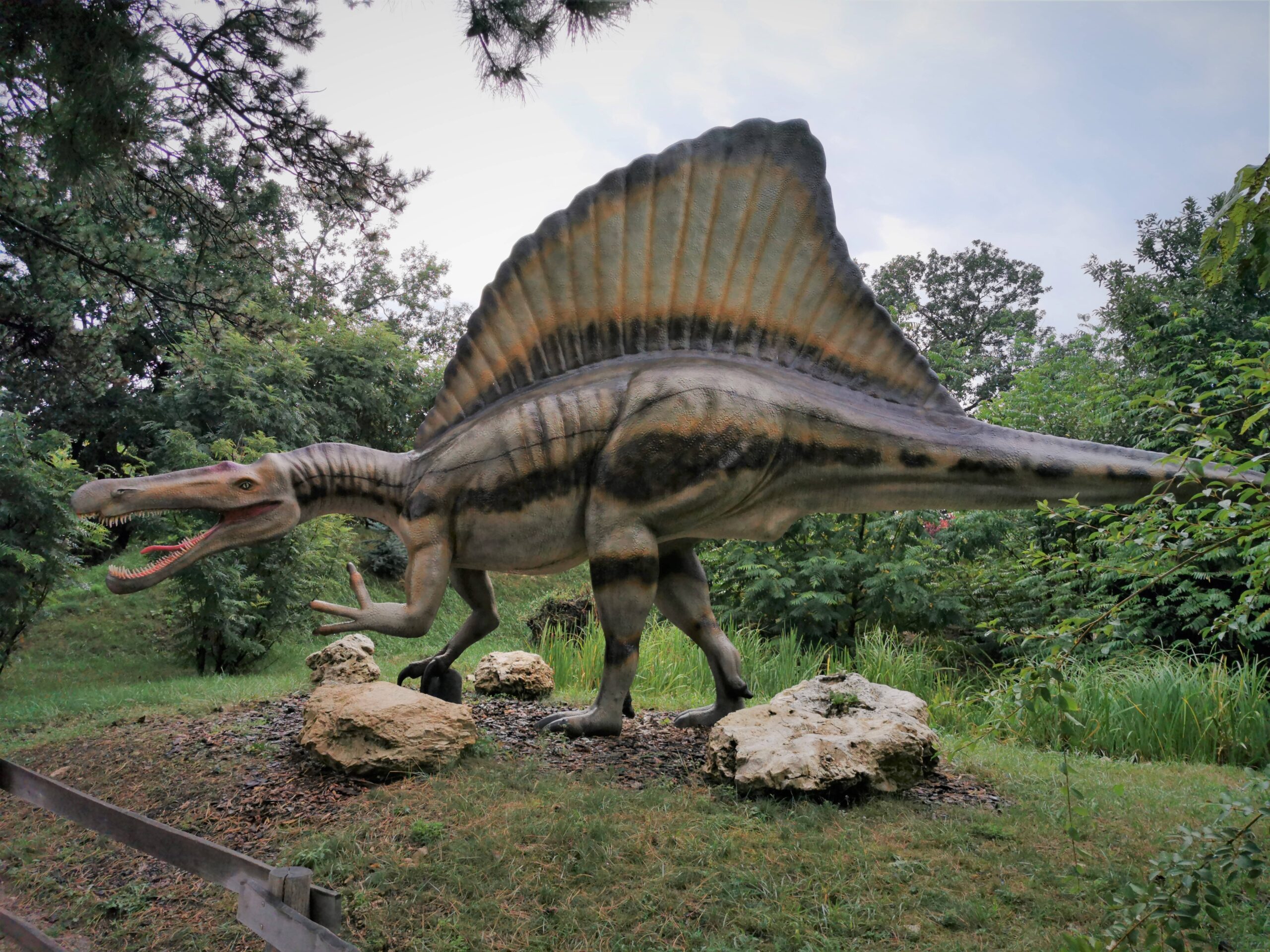
Recent research has provided new insights into the function of Ouranosaurus’s impressive sail. Computer modeling studies suggest that the sail was highly vascularized, filled with blood vessels that could rapidly exchange heat with the environment. This made it an incredibly efficient thermoregulation system, like a built-in air conditioner.
The sail’s size and position would have created significant surface area for heat exchange, allowing Ouranosaurus to maintain optimal body temperature even in the hot Cretaceous climate. During cooler periods, blood flow to the sail could be reduced, while increased circulation during hot weather would help dissipate excess heat.
But thermoregulation wasn’t the sail’s only function. The structure was also perfectly positioned for visual display, and its size would have made it visible from considerable distances. This dual-purpose design represents one of evolution’s most elegant solutions to multiple survival challenges.
Locomotion and Movement
Despite its massive size and distinctive sail, Ouranosaurus was surprisingly mobile. Analysis of its leg bones reveals a dinosaur built for both speed and endurance, capable of reaching speeds of up to 25 miles per hour when necessary. This wasn’t a slow, lumbering giant but rather an agile creature that could quickly escape from predators.
The dinosaur’s long, powerful legs were perfectly adapted for wading through water and navigating varied terrain. Its feet were relatively large and may have been partially webbed, providing stability on muddy riverbanks and in shallow water. The combination of these features made Ouranosaurus equally at home on land and in aquatic environments.
The sail’s impact on locomotion was likely minimal due to its streamlined design and the dinosaur’s strong back muscles. Rather than hindering movement, the sail may have actually provided some advantages, such as improved stability during swimming or enhanced maneuverability in strong winds.
Social Behavior and Communication
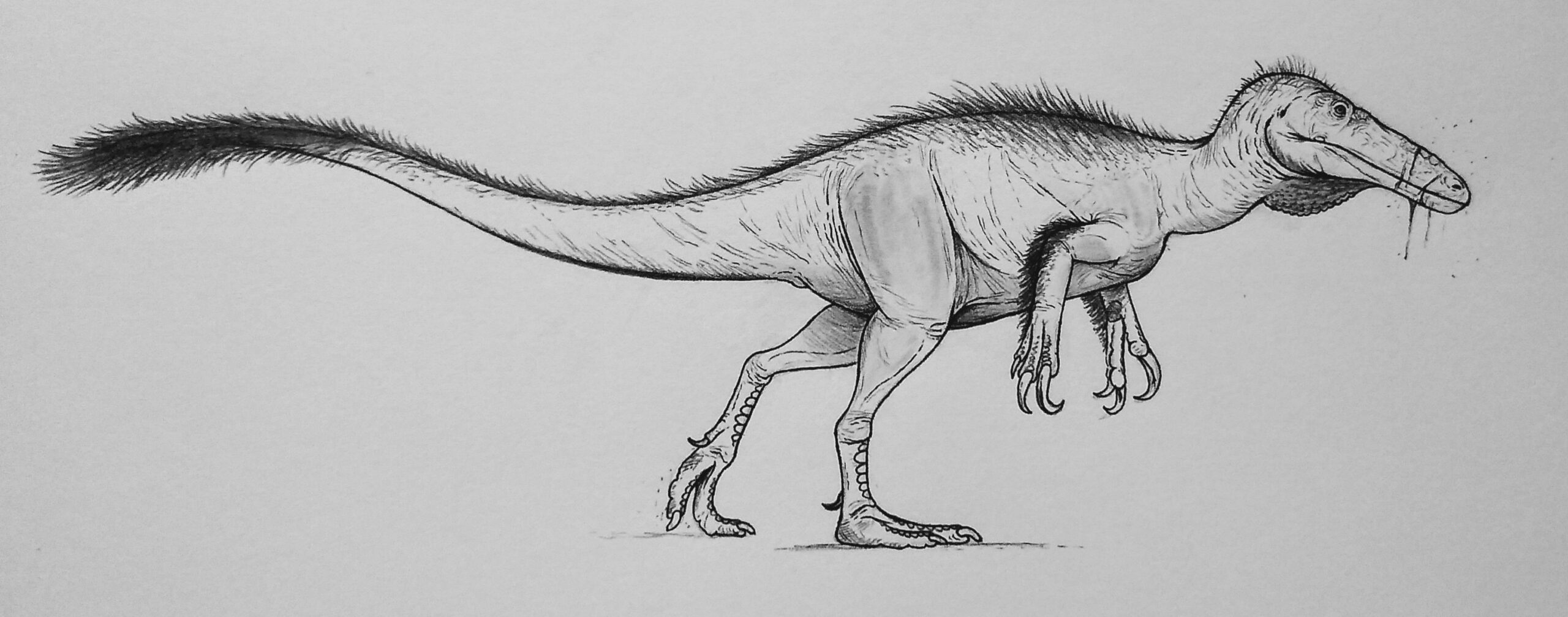
The impressive sail of Ouranosaurus wasn’t just a thermoregulation device – it was also a sophisticated communication tool. The large, conspicuous structure would have been visible from great distances, allowing these dinosaurs to identify members of their own species and communicate basic information about their intentions.
Evidence suggests that Ouranosaurus may have lived in small groups or herds, particularly during migration periods. The sail would have served as a visual beacon, helping scattered individuals locate the group and maintain cohesion during movement across the landscape.
The sail’s potential for color change would have added another dimension to communication. Different colors or patterns might have indicated mood, reproductive status, or dominance within the group. This sophisticated signaling system would have been crucial for maintaining social order in herds.
Predators and Survival
Living in Cretaceous Africa meant that Ouranosaurus faced formidable predators, including large crocodiles and carnivorous dinosaurs. The sail, while impressive, also made these dinosaurs more conspicuous and potentially more vulnerable to attack. However, several adaptations helped them survive in this dangerous environment.
The dinosaur’s large size was its primary defense mechanism. At 24 feet long and weighing over 2 tons, Ouranosaurus was simply too large for most predators to tackle alone. Its powerful legs allowed for quick escapes, while its robust build could withstand considerable punishment during confrontations.
The sail itself may have played a role in predator deterrence. When threatened, Ouranosaurus might have turned sideways to display its full profile, making itself appear even larger and more intimidating. This display behavior, combined with possible color changes, could have been enough to discourage many potential attackers.
Fossil Preservation and Study
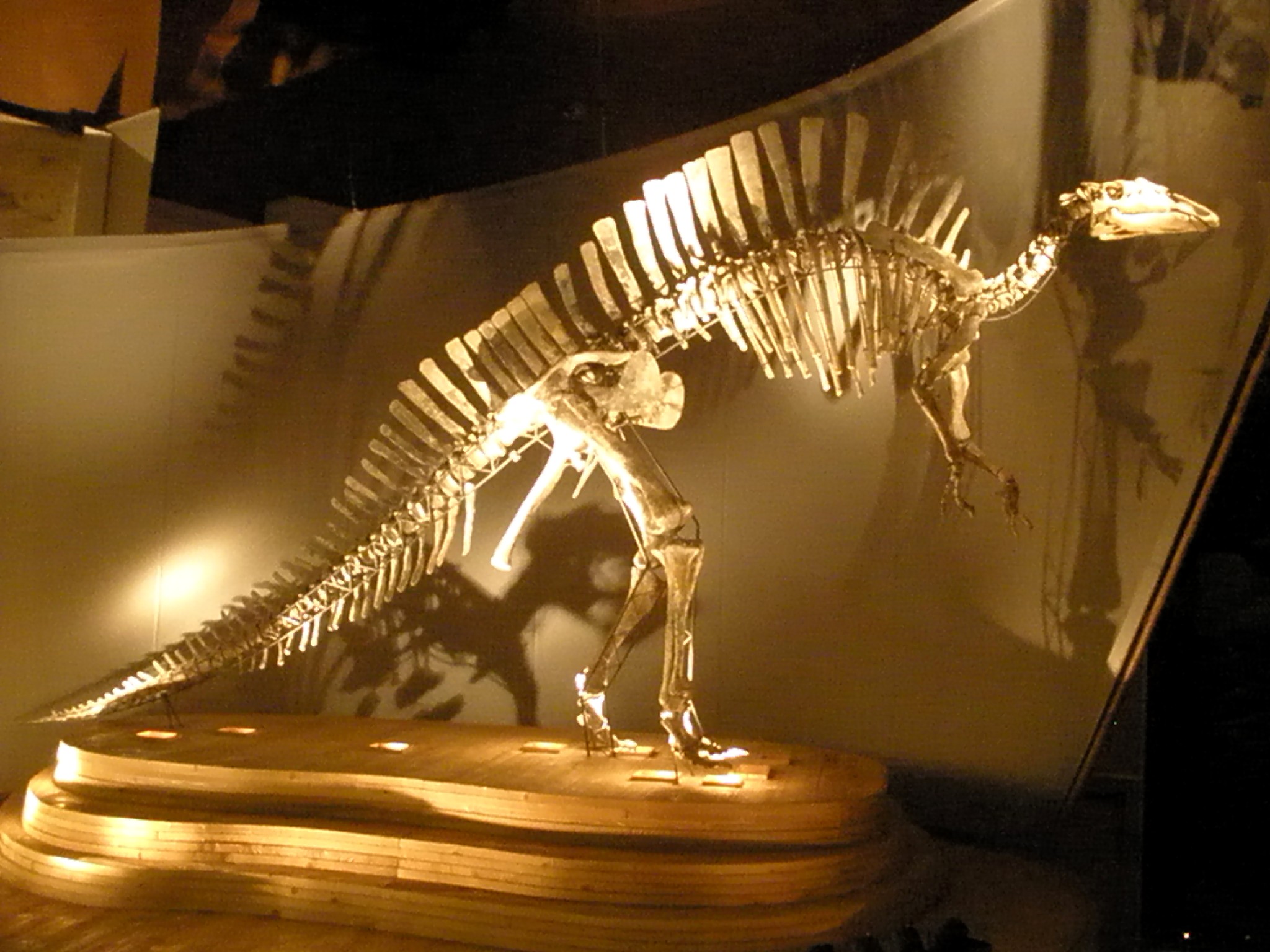
The remarkable preservation of Ouranosaurus fossils has provided scientists with unprecedented insights into dinosaur anatomy and behavior. The dry conditions of the Sahara Desert created perfect preservation conditions, allowing soft tissue impressions and detailed bone structures to survive for millions of years.
Modern CT scanning and 3D modeling techniques have revealed internal structures that were previously invisible, including details about the sail’s blood vessel network and the dinosaur’s brain case. These technological advances have transformed our understanding of how this remarkable creature lived and evolved.
The ongoing study of Ouranosaurus continues to yield new discoveries. Recent analysis of bone growth patterns has provided insights into the dinosaur’s lifespan and growth rate, while chemical analysis of the fossils has revealed information about its diet and environment.
Evolutionary Significance
Ouranosaurus represents a crucial piece in the puzzle of dinosaur evolution. Its unique combination of features demonstrates how evolutionary pressures can produce remarkably specialized creatures that fill specific ecological niches. The dinosaur’s success in its environment shows how adaptation and specialization can lead to evolutionary triumph.
The relationship between Ouranosaurus and other ornithomimosaurs illustrates the incredible diversity that could emerge from a single evolutionary lineage. Each species developed unique solutions to survival challenges, creating a rich tapestry of forms and functions that dominated Mesozoic ecosystems.
Understanding Ouranosaurus also helps scientists piece together the broader story of dinosaur evolution in Africa. The continent’s unique evolutionary history produced several distinctive dinosaur species that differed significantly from their counterparts in other parts of the world.
Modern Research and Future Discoveries
Current research on Ouranosaurus continues to push the boundaries of paleontological knowledge. Advanced imaging techniques are revealing new details about the dinosaur’s internal anatomy, while biomechanical studies are providing insights into how the sail functioned in living animals.
Future expeditions to the Sahara Desert hold the promise of additional discoveries that could further illuminate the life and times of Ouranosaurus. The region’s rich fossil deposits suggest that many secrets about this remarkable dinosaur and its ecosystem remain buried beneath the desert sands.
The development of new analytical techniques, including advanced DNA recovery methods and sophisticated computer modeling, may eventually allow scientists to reconstruct aspects of Ouranosaurus’s biology that seem impossible today. These future discoveries could revolutionize our understanding of dinosaur physiology and behavior.
Conclusion
Ouranosaurus stands as one of nature’s most remarkable experiments in evolutionary design. This extraordinary dinosaur combined features that seem almost impossible – a massive sail, a duck-like beak, enormous claws, and the ability to thrive in both terrestrial and aquatic environments. Its discovery has fundamentally changed our understanding of dinosaur diversity and adaptation.
The relationship between Ouranosaurus and Deinocheirus demonstrates how evolution can take similar starting points and create dramatically different outcomes. Both dinosaurs represent the incredible creativity of natural selection, showing how life finds ways to exploit every available ecological niche.
As we continue to study these remarkable creatures, we gain deeper insights into the rich tapestry of life that existed millions of years ago. Ouranosaurus reminds us that the natural world is full of surprises, and that even our wildest imaginations often fall short of the reality that evolution has created.
What other impossible combinations of features might be waiting to be discovered in the fossil record?

